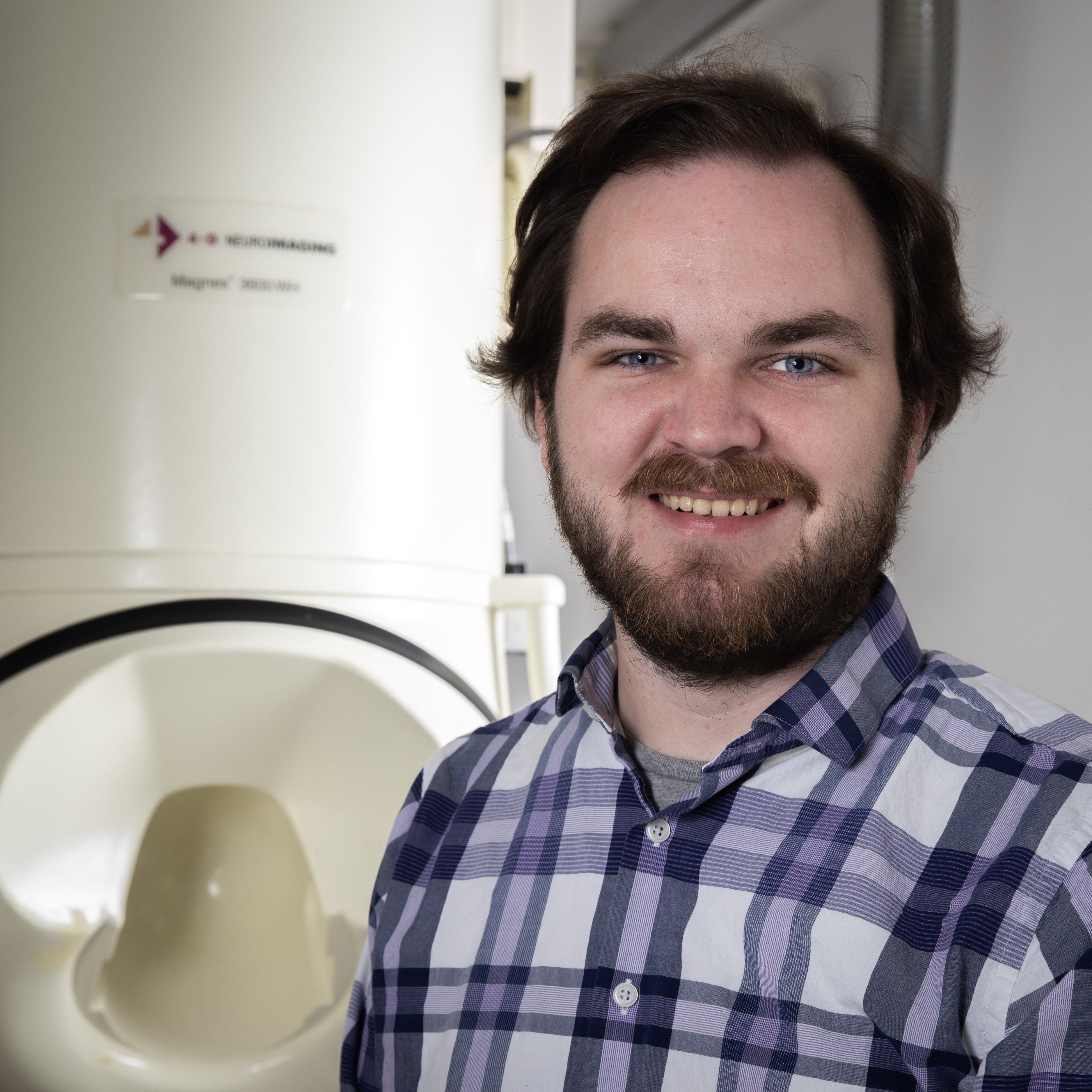Matthew Eric Sanders
 Data Manager, Brain Sciences CenterBrain Sciences Center (BSC)
Data Manager, Brain Sciences CenterBrain Sciences Center (BSC)
Health Science Specialist, Minneapolis VA Medical CenterVA Medical Center (VAMC)
sande568@umn.edu
Education
MS, Computer Science, University of Minnesota
BS, Mathematics, College of Science & Engineering, University of Minnesota
BS, Computer Science, College of Science & Engineering, University of Minnesota
Specialty/Focus
Data Management
Process Automation
Publications
Nine Human Leukocyte AntigenHuman Leukocyte Antigen (HLA)Genes that are located in the Major Histocompatibility Complex (MHC) of chromosome 6 and play a central role in immune recognition. Most investigations of association of HLA to various diseases have focused on evaluating HLA allele frequencies in diseases of interest, as compared to the general, healthy population. Such studies have demonstrated HLA involvement with cancer, autoimmune, and in- fectious diseases. HLA Class I proteins (HLA-A, B, C) are expressed on all nucleated cells and present peptides from endogenous proteins to cytotoxic T lymphocytes engaged in immune surveillance. HLA Class II proteins (HLA-DRB1, DRB3/4/5, DQB1, DPB1) are expressed on antigen-presenting cells and present peptides derived from exogenous proteins to CD4+helper T cells. A previous study of Gulf War syndrome in 27 veterans found that HLA DRB1*15 was more prevalent in cases than controls with an odds ratio of 1.66, although this association was not statistically significant.
Class I Alleles are Omnipotent Against 11 Antigens Expressed in Melanoma Tumors Cancer Informatics (2024, August) Georgopoulos AP, James L, & Sanders ME Melanoma and HLAHuman Leukocyte Antigen (HLA)Genes that are located in the Major Histocompatibility Complex (MHC) of chromosome 6 and play a central role in immune recognition. Most investigations of association of HLA to various diseases have focused on evaluating HLA allele frequencies in diseases of interest, as compared to the general, healthy population. Such studies have demonstrated HLA involvement with cancer, autoimmune, and in- fectious diseases. HLA Class I proteins (HLA-A, B, C) are expressed on all nucleated cells and present peptides from endogenous proteins to cytotoxic T lymphocytes engaged in immune surveillance. HLA Class II proteins (HLA-DRB1, DRB3/4/5, DQB1, DPB1) are expressed on antigen-presenting cells and present peptides derived from exogenous proteins to CD4+helper T cells. A previous study of Gulf War syndrome in 27 veterans found that HLA DRB1*15 was more prevalent in cases than controls with an odds ratio of 1.66, although this association was not statistically significant.
: Immunogenicity of 69 HLAHuman Leukocyte Antigen (HLA)Genes that are located in the Major Histocompatibility Complex (MHC) of chromosome 6 and play a central role in immune recognition. Most investigations of association of HLA to various diseases have focused on evaluating HLA allele frequencies in diseases of interest, as compared to the general, healthy population. Such studies have demonstrated HLA involvement with cancer, autoimmune, and in- fectious diseases. HLA Class I proteins (HLA-A, B, C) are expressed on all nucleated cells and present peptides from endogenous proteins to cytotoxic T lymphocytes engaged in immune surveillance. HLA Class II proteins (HLA-DRB1, DRB3/4/5, DQB1, DPB1) are expressed on antigen-presenting cells and present peptides derived from exogenous proteins to CD4+helper T cells. A previous study of Gulf War syndrome in 27 veterans found that HLA DRB1*15 was more prevalent in cases than controls with an odds ratio of 1.66, although this association was not statistically significant.
Class I Alleles With 11 Antigens Expressed in Melanoma Tumors Cancer Informatics (2023, May) Georgopoulos AP, James L, Charonis S, & Sanders ME
Data Manager, Brain Sciences CenterBrain Sciences Center (BSC)